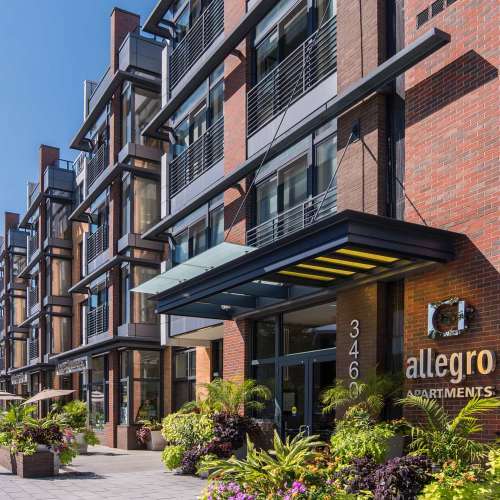1031 Resources
1031 EXCHANGE GUIDE
This comprehensive tutorial explains everything you need to know about 1031 exchanging from beginning to end.
Read MoreKEYS TO EXCHANGING
There are a handful of 1031 exchange oriented keys which experienced Exchanger always obey. Hear about them here.
Read More1031 QUESTIONS & ANSWERS
If you just have a basic 1031 exchange oriented question, check here. You'll probably find your answer within the FAQ list.
Read More












